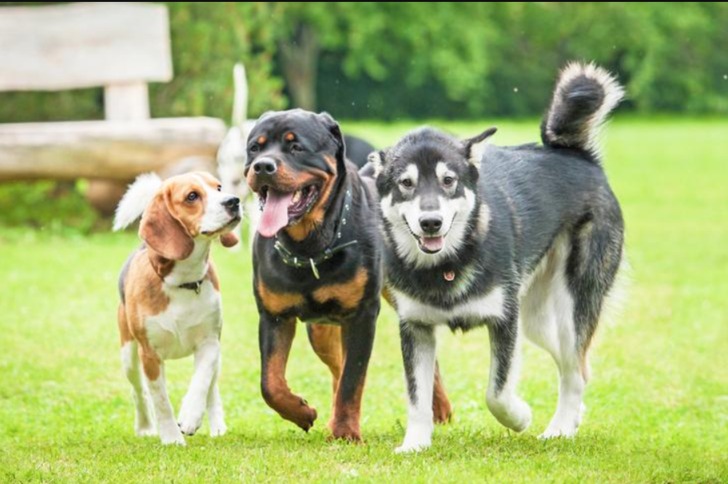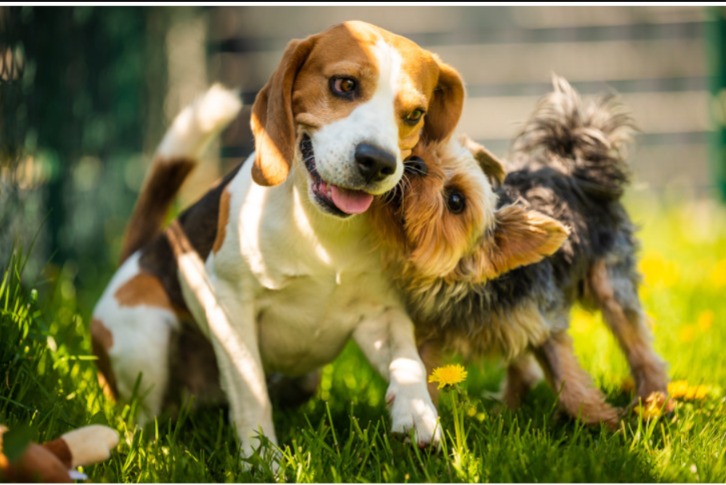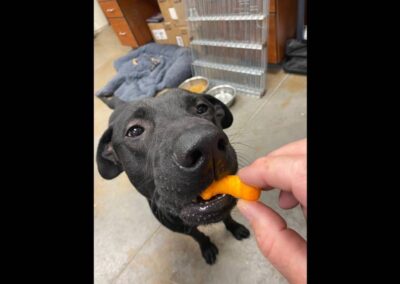
Owning multiple dogs brings immense joy, but it also multiplies the training challenges.
Juggling timing and managing distractions are key hurdles when teaching more than one pup.
Rewarding the correct behavior at the precise moment becomes tricky when your focus is divided, or when only one dog is performing the requested action amidst the playful chaos.
The solution? Separation is your first step.
For fundamental commands like sit, down, or stay, work with one dog at a time in a quiet space.
Crate the others or put them in a different room, providing them with a rewarding chew or puzzle toy so they view their solo time as a treat, not a punishment.
Keep these one-on-one sessions short – under 10 minutes – then rotate. Individual walks are also excellent for focused outdoor training, like perfecting loose leash walking.
When separation isn’t feasible, leashes or tethers can be your best friend.
This prevents interference and ensures treats go to the deserving pup, especially for resource-guarding dogs. If needed, enlist help so each dog has a handler.

Once the basics are solid, introduce them to training together.
Name recognition is crucial; use individual names before cues (e.g., “Buddy, stay”) and consider different release words for each dog.
For a group, teach a distinct “group name” to grab everyone’s attention simultaneously.
Finally, station training is a game-changer.
Assign each dog a “station” – a bed, mat, or platform – where they learn to relax voluntarily while you work with another.
This builds patience and self-control. Initially, heavily reward the dogs at their stations for calm waiting.
Rotate frequently so every dog gets a turn as the “center of attention.”
With these strategies, you can transform your multi-dog household into a well-behaved, harmonious pack.



